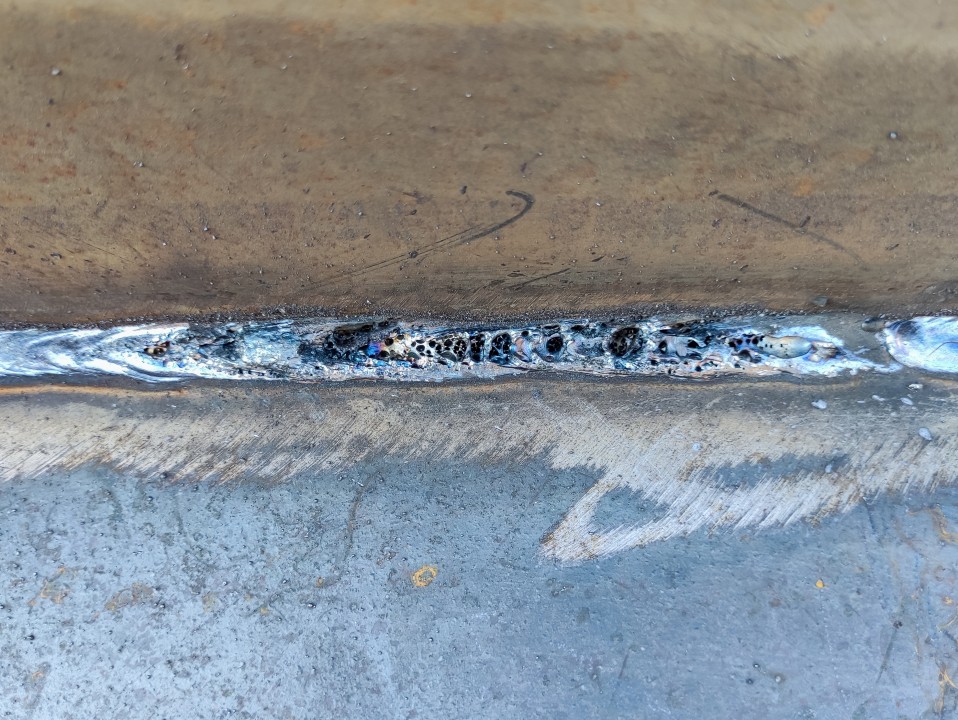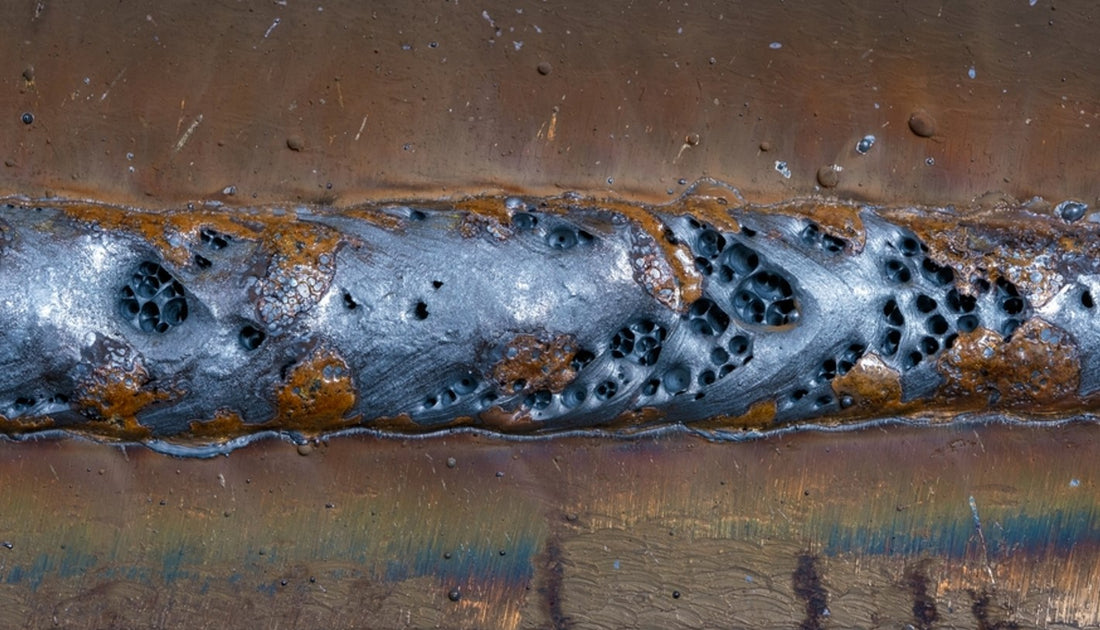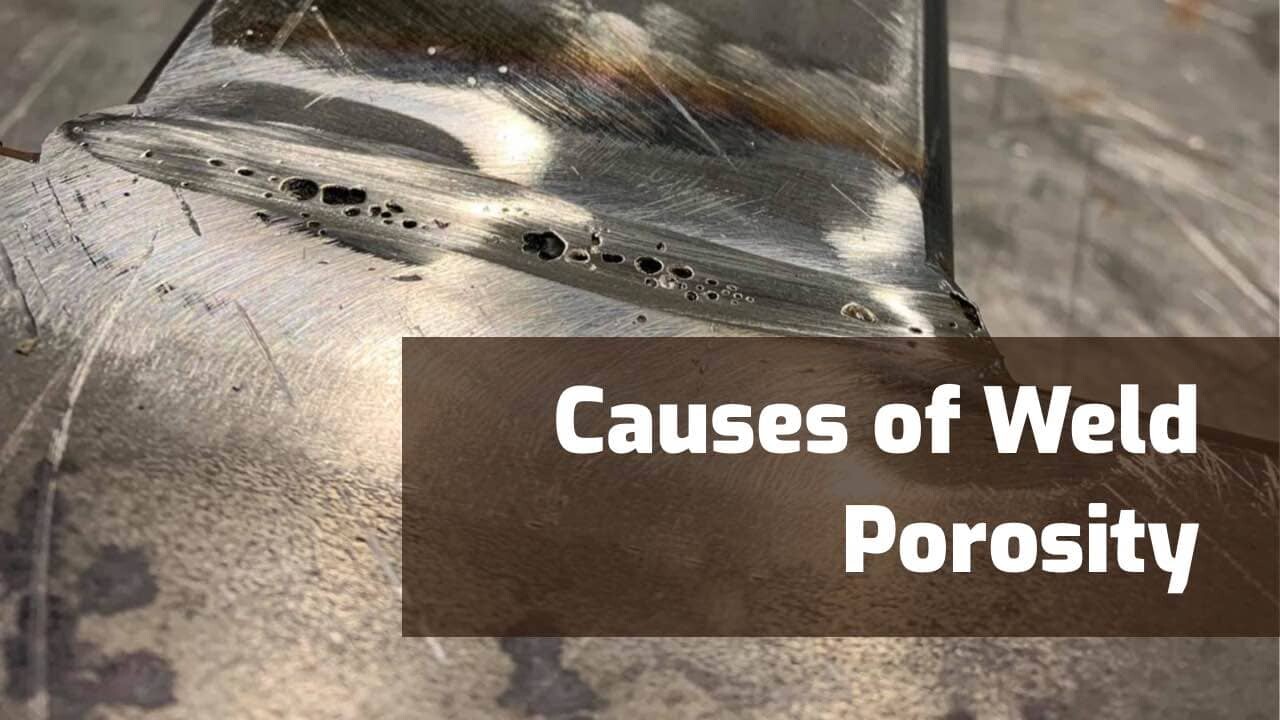Recognizing What is Porosity in Welding: Causes and Solutions
Recognizing What is Porosity in Welding: Causes and Solutions
Blog Article
Deciphering the Enigma of Porosity in Welding: Tips for Decreasing Issues and Maximizing Quality
In the intricate globe of welding, porosity continues to be a relentless obstacle that can substantially impact the high quality and honesty of bonded joints. As we delve right into the midsts of porosity in welding, discovering the secrets to its avoidance and control will be extremely important for specialists seeking to grasp the art of high-quality weldments.
Comprehending Porosity in Welding
Porosity in welding, an usual issue run into by welders, describes the presence of gas pockets or gaps in the bonded material, which can compromise the integrity and top quality of the weld. These gas pockets are usually entraped during the welding process as a result of numerous variables such as improper protecting gas, polluted base materials, or inaccurate welding criteria. The development of porosity can damage the weld, making it at risk to cracking and corrosion, ultimately leading to structural failures.
By recognizing the relevance of keeping correct gas securing, making certain the tidiness of base materials, and enhancing welding setups, welders can substantially lower the chance of porosity development. In general, an extensive understanding of porosity in welding is necessary for welders to generate top quality and durable welds.

Usual Root Causes Of Porosity
When evaluating welding processes for possible high quality concerns, comprehending the typical reasons for porosity is important for preserving weld integrity and avoiding structural failures. Porosity, identified by the existence of tooth cavities or spaces in the weld steel, can dramatically compromise the mechanical properties of a welded joint. One usual reason of porosity is improper shielding gas coverage. Poor securing gas circulation prices or inappropriate gas combinations can lead to climatic contamination, resulting in porosity formation.
One more widespread reason of porosity is the existence of moisture and contaminants externally of the base steel or filler product. When welding materials are not effectively cleaned up or are exposed to high degrees of humidity, the evaporation of these contaminants throughout welding can produce voids within the weld grain. Furthermore, welding at inappropriate parameters, such as exceedingly high traveling rates or currents, can produce too much turbulence in the weld swimming pool, trapping gases and creating porosity. By dealing with these common causes with correct gas securing, product prep work, and adherence to optimum welding criteria, welders can decrease porosity and boost the high quality of their welds.
Techniques for Porosity Avoidance
Implementing reliable safety nets is vital in lessening the occurrence of porosity in welding processes. One method for porosity avoidance is making sure proper cleansing of the base steel prior to welding. Pollutants such as oil, grease, corrosion, and paint can bring about porosity, so extensive cleansing making use of appropriate solvents or mechanical methods is vital.

Another key safety net is the option of the ideal welding consumables. Making use of high-quality filler products and protecting gases that are ideal for the base metal and welding process can significantly decrease the danger of porosity. In addition, keeping correct welding specifications, such as voltage, existing, take a trip speed, and gas circulation price, is vital for porosity avoidance. Differing the suggested settings can lead to incorrect gas protection and insufficient blend, causing porosity.
Additionally, employing appropriate welding methods, such as maintaining a constant travel rate, electrode angle, and arc length, can assist stop porosity (What is Porosity). Sufficient training of welders to ensure they follow finest methods and top quality control treatments is also essential in lessening porosity flaws in welding

Ideal Practices for Top Quality Welds
Guaranteeing adherence to industry requirements and proper weld joint prep work are basic aspects of attaining continually top notch welds. In enhancement to these foundational steps, there are numerous best practices that welders can implement to better improve the quality of their welds. One trick technique is preserving proper tidiness in the welding location. Impurities such as oil, grease, corrosion, and paint can negatively influence the high quality of the weld, bring about problems. Completely cleaning up the workpiece and bordering area prior to welding can help minimize these issues.
An additional ideal practice is to carefully choose the suitable welding specifications for the certain materials being signed up with. Appropriate specification selection guarantees ideal weld penetration, blend, and overall quality. Using high-grade welding consumables, such as electrodes and filler steels, can considerably influence the last weld quality.
Significance of Porosity Control
Porosity control plays a crucial duty in guaranteeing the honesty and high quality of welding joints. Porosity, characterized by the presence of tooth cavities or gaps within the weld metal, can considerably endanger the mechanical residential or commercial properties and architectural integrity of the weld. Excessive porosity damages the weld, making it more prone to fracturing, rust, and general failure under operational lots.
Reliable porosity control is important for maintaining the preferred mechanical properties, such as strength, ductility, and durability, of the welded joint. What is Porosity. By lessening porosity, welders can improve the overall top quality and reliability of the weld, guaranteeing that it satisfies the performance requirements of the try this desired application
Moreover, porosity control is vital for accomplishing the desired visual appearance of the weld. Excessive porosity not just damages the weld but likewise interferes with its visual allure, which can be crucial in industries where aesthetic appeals are necessary. Proper porosity control techniques, such as making use of the appropriate securing gas, regulating the welding specifications, and official source making certain correct cleanliness of the base materials, are vital for producing top quality welds with very little issues.

Verdict
In conclusion, porosity in welding is a typical issue that can endanger the quality of the weld. By understanding the reasons of porosity and carrying out proper avoidance strategies, welders can reduce issues from this source and accomplish better welds. It is important to control porosity in welding to ensure the integrity and stamina of the last product. Executing best practices for porosity control is crucial for achieving ideal welding outcomes.
Report this page